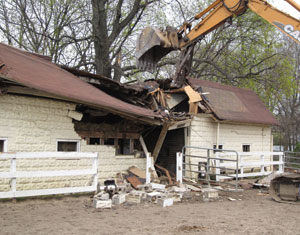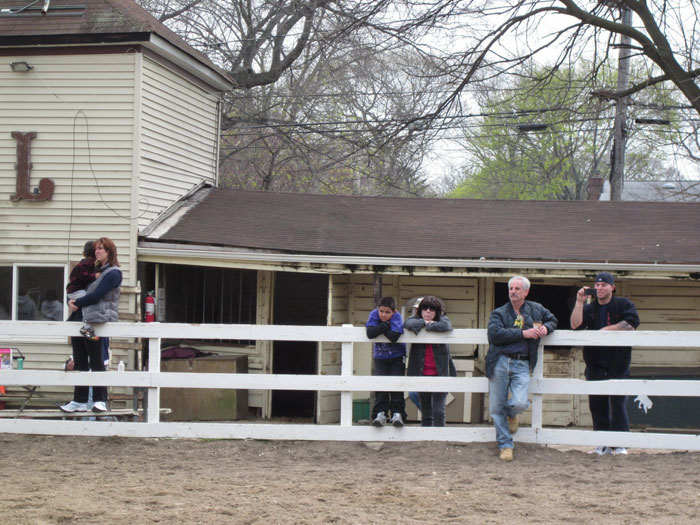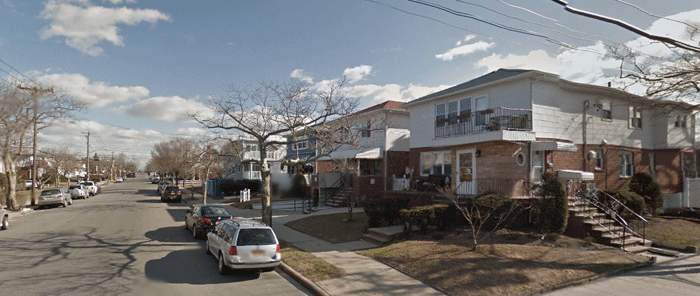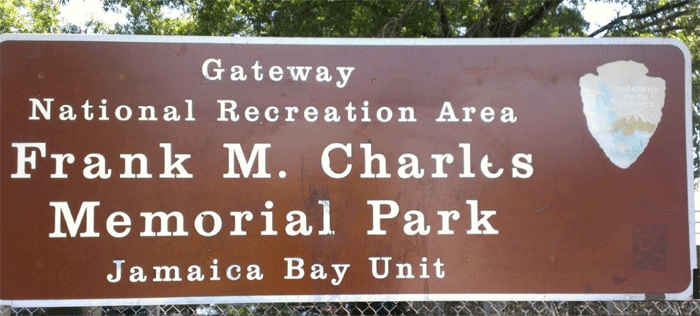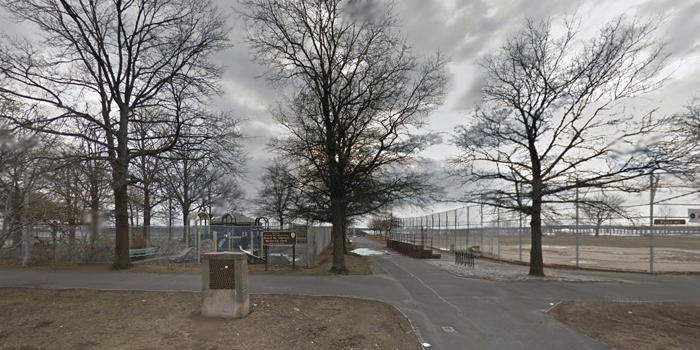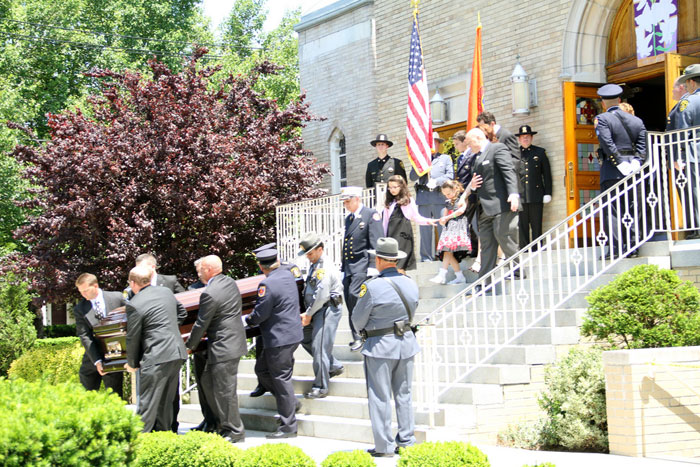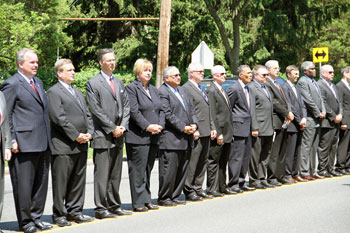
Four local entrepreneurs who are making their mark on the style industry. Courtesy Long Island Pulse
By Lee Landor
[Note: This article and its accompanying photos originally appeared in the September issue of Long Island Pulse Magazine. This content is the rightful property of Long Island Pulse Magazine.]
Chasing ideas is risky business, but with a little bit of instinct and a lot of knowledge, it can pay off. Pulse spoke to four local entrepreneurs who are making their mark on the style industry—one in fashion, one in men’s grooming and a pair of siblings in accessories. These style influencers shared their stories and provided a firsthand glance into their chic and unique brands.
Kara Mendelsohn | cooper & ella

Kara Mendelsohn went from working for the top fashion brands to successfully launching her own brand, Cooper + Ella. Courtesy Long Island Pulse.
Kara Mendelsohn has always been a risk taker. In her 20s she ditched her degrees in art history and psychology from Lafayette College to chase her dream of working in the fashion industry. In 2013, after nearly two decades of rising in the ranks and working for some of the most renowned fashion houses—including Calvin Klein, Michael Kors and Marc Jacobs—Mendelsohn left behind stability and a sizeable salary to launch her own clothing line, cooper & ella.
“I’ve always had an entrepreneurial spirit,” said Mendelsohn, who lives in Centerport with her husband, Adam, and children, Cooper and Ella. When she noticed that there was an untapped market of women searching for affordable date tops—blouses that transition easily from “desk to dinner, day to night”—she pounced on the opportunity.
“I really know my customer. I spent so many years traveling across the states and around the world… You really learn what women want.” So far, cooper & ella’s success has proven that to be true; it’s selling from Long Island to Japan in some of the biggest department stores. The brand’s universal appeal is threefold, according to its founder: it specializes in blouses specifically, it has sophisticated and elevated design, and it’s affordable, ranging in price from $88 to $150.
There’s also the added benefit of charity. The cost of one hot, nutritious meal for a child in need is built into the price of each cooper & ella item. Last fall, Mendelsohn partnered with the Hope Foundation School in Bangalore, India, and launched the Empower giveback initiative. The school practices a “cradle-to-career” solution that gets kids into the schools, educates them and prepares them for the working world. “It’s changing the entire trajectory of that child’s life. It actually changes lives, changes the cycle of poverty children are caught in.”
Mendelsohn said her current focus is getting her customers what they need, but she is also working to grow cooper & ella into a lifestyle brand that offers more products. The company launched dresses this spring and is preparing to launch sweaters for the fall.
Joann Kuno | JS Sloane

Joanne Kuno launched JS Sloane, a men’s product line, just as demand for such products began to grow. Courtesy Long Island Pulse.
There’s never been room for failure in Joann Kuno’s life. The single mother of two from Floral Park had no choice but to reinvent herself after the mortgage crisis left her on the brink of bankruptcy. She went from a high finance position where she worked for herself to an entry-level job as a rep for L’Oreal, walking the streets of New York City and learning the beauty industry from the bottom up. After about a year of pounding the pavement, Kuno decided to put it all on the line and launch JS Sloane men’s grooming products out of her basement. “I risked everything and put it out there and wanted to succeed. I took all of my savings, did my research, worked out a plan. I was determined to do this,” Kuno said.
Since then, the company has developed 12 products reminiscent of items Kuno’s own father and grandfather used: hair pomades and shampoos, beard oils and shaving creams. “It’s old school with a modern twist. I want the brand to be timeless and to have that exclusiveness where you won’t find it in a drugstore. Let’s bring back that dapper gentleman with bow ties and fedoras.”
Kuno’s timing couldn’t have been better given the return of the beard and the rise in men’s specialty stores. In the three years since she launched the company, she’s already partnered with numerous barbershops and found spokesmen in celebrities, including Zachary Quinto and Jake Gyllenhaal. Kuno also recently embarked on a docu-series campaign with Kyan Douglas, the grooming expert on Queer Eye for the Straight Guy, to highlight the history of the barber. Filming for the show, Celebrating the Style of the American Barber, began at the end of June and Kuno and Douglas are in the process of finding a network to air it next year.
Kuno credits the brand’s success not only to good timing, but also to her passion. “The harder you work and the more love and heart you put into it, the better it will be. I really think it’s going to be a household name. I want to be a staple in men’s grooming.” Since opening a second location in Mineola, Kuno said items are just flying off the shelves.
Carol O’Connell and Tom Glazer | GiGi New York

With raw talent — and raw materials — Carol O’Connell and Tom Glazer launched their own leather accessories business. Courtesy Long Island Pulse.
For Carol O’Connell and her brother Tom Glazer, it began simply as a job. Their father opened a leather goods business out of his Floral Park home and needed their help running it. They obliged and then never left. Today, about 40 years after helping out dear dad, O’Connell and Glazer own and operate the family business. They’ve evolved the original brand, Graphic Image, which produced agendas, diaries, journals and the like, and in 2009 founded daughter company GiGi New York specializing in handbags.
“We had already educated ourselves in sewing and edging and manufacturing small personal leather goods, so we just grew into larger leather goods,” O’Connell said. And, added Glazer, “we started with totes, so it was less of a leap.” In keeping with their father’s more traditional form-follows function designs, the siblings decided to launch GiGi with simple and classic styles—bags that appeal to their middleaged contemporaries as well as women in their 20s. “It’s anything but modern,” Glazer said. “It’s the age-old way to do it.”
It’s that concept that has made their handbags desirable, and landed them in the arms of celebrities like Jessica Alba, Jennifer Garner and Beverly Hills “Housewife” Lisa Vanderpump— but their success comes from decades of experience, deep knowledge of leathers and a modest disposition. “[Tom] has spent 30 years knowing leather and who the players are and what is quality… the one thing that stands out dramatically is the quality of our leather and the price that it’s offered at,” said O’Connell.
Customers at GiGi’s Southampton store are always asking how the company keeps prices so low. “We don’t throw anything away here,” Glazer said. “Whether we’re making key chains or coasters or business-card cases and wallets, we’re very efficient… I think that’s the reason we can deliver so much value per dollar spent.”
The siblings also keep costs down by running almost every aspect of their business in-house. From acquiring the leather to overseeing the design to distributing the products, everything is done in their 50,000-square-foot factory in Melville, which also includes a very popular outlet store that’s open five days a week in the fall. As GiGi New York continues to gain exposure, O’Connell and Glazer are focused on maintaining growth and exploring the possibility of launching a line of belts.
